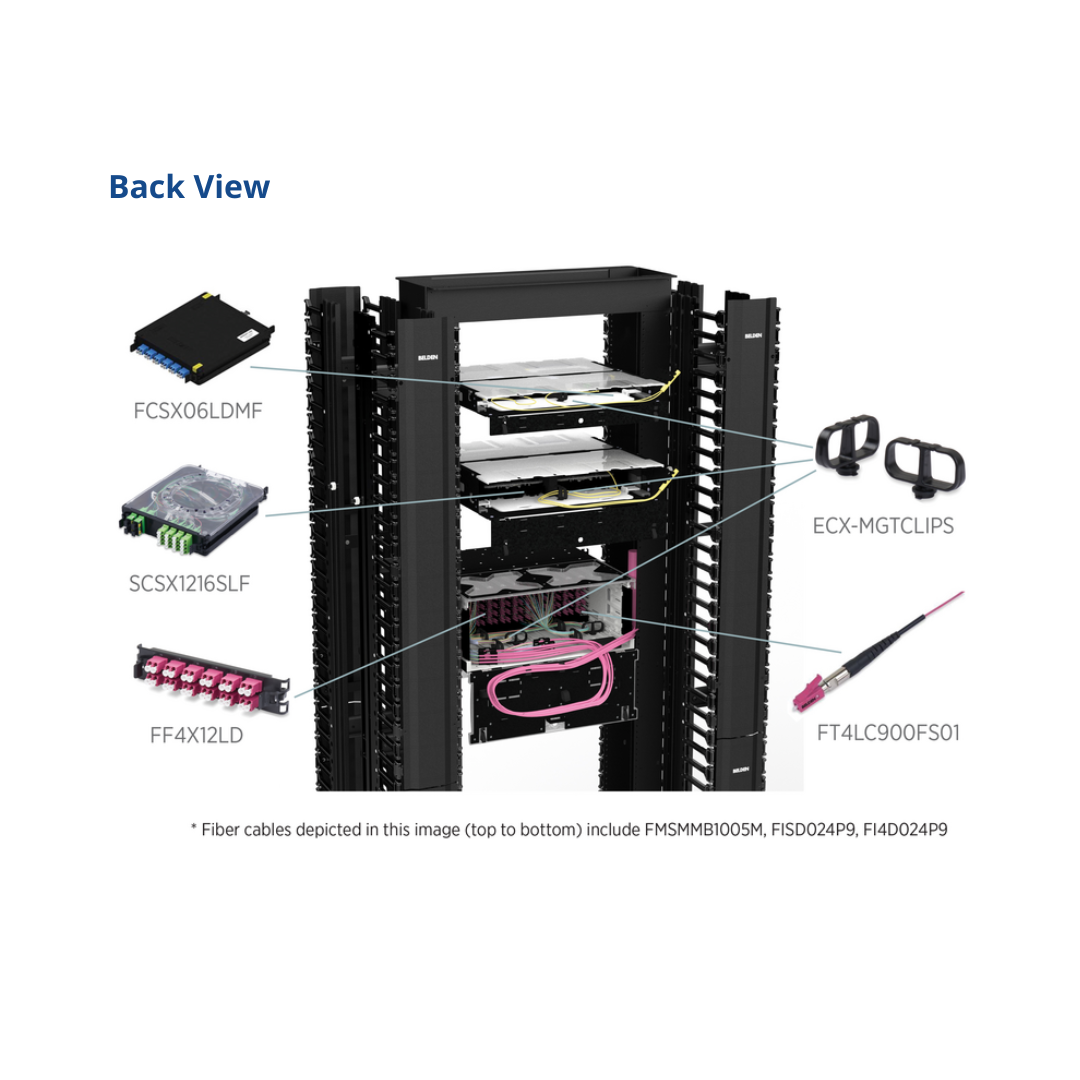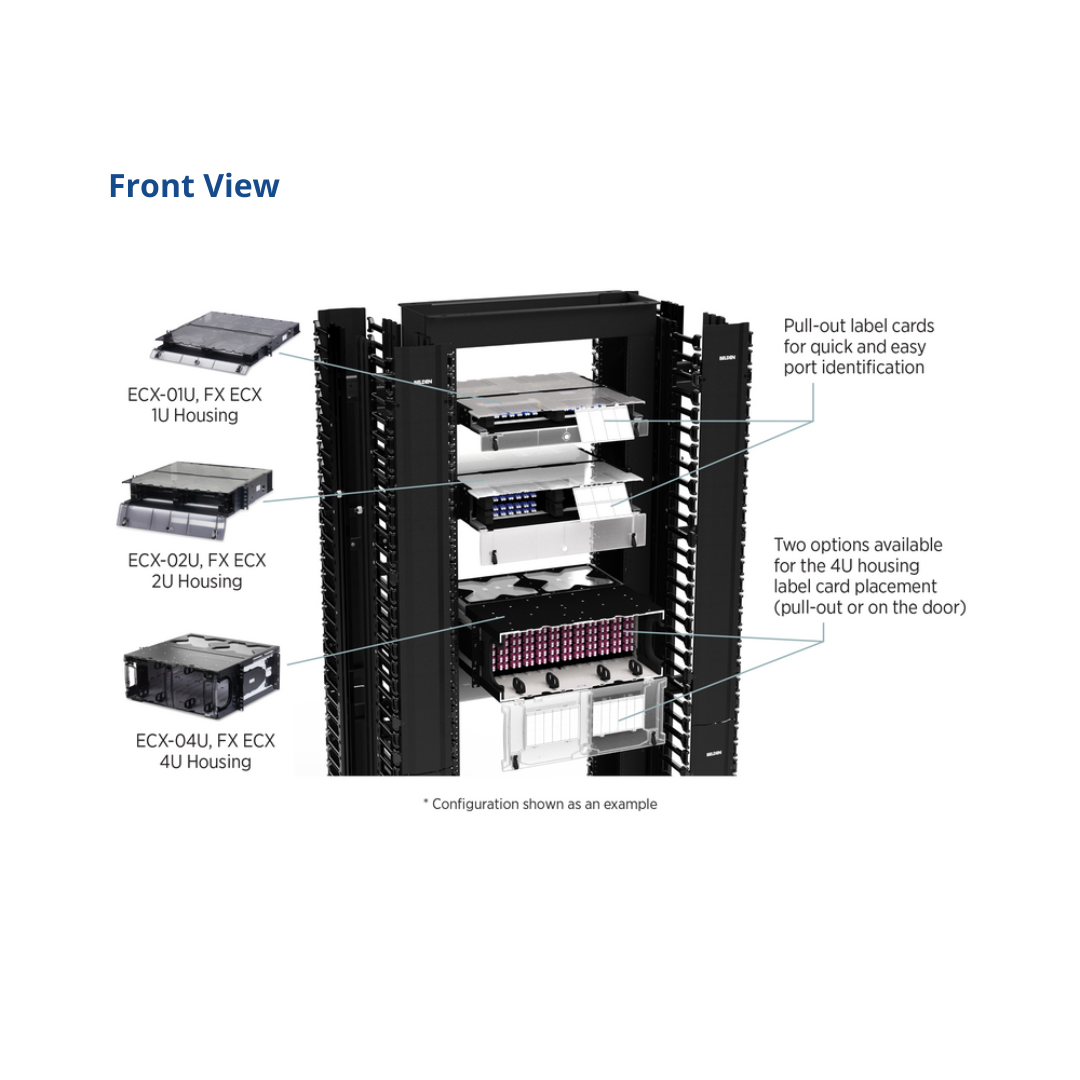This blog covers the beneficial attributes of private wireless networks in response to a decade of steadily increasing network traffic, and explores how our partner Belden's solutions can help building owners overcome modern connectivity challenges.

The Surge That Demands a Solution
The surge in mobile network traffic, which has increased nearly 300 times in the last decade, has occurred predominantly indoors over carrier networks.
Due to this circumstance, building owners have an opportunity to break their reliance on public cellular networks and traditional mobile carriers, and opt instead for private wireless networks that cater exclusively to their organization.
These private wireless networks empower companies and institutions to independently deploy, own, and operate connectivity systems, leveraging a combination of LTE and 5G networks.
In the United States, private wireless networks operate within the Citizens Broadband Radio Service (CBRS) and C-Band spectrum, and offer enterprises the ability to control bandwidth distribution customization based on their specific needs.
-
A school district might deploy a private network to support virtual schooling in areas with insufficient broadband coverage from traditional providers.
-
Large companies can eliminate carrier service costs by establishing a private wireless network for collaboration and communication across corporate campuses.
-
Industrial automation environments may prioritize latency-sensitive production lines with a private network.
-
Hospitals may opt for private wireless to secure the use of devices within their facility, preventing disruptions from devices brought in by patients and visitors.

Private wireless networks are already impacting the United States in significant ways.
Consider some of these key transformations observed:
-
Expansion of Wireless Connectivity in Rural Areas: The U.S. Census Bureau notes that 97% of the country is considered rural, with nearly one-fifth of Americans residing in these areas lacking dependable, affordable connectivity. Private wireless networks present an opportunity to bring broadband to underserved rural areas, bridging the digital divide and enabling online learning, remote work, and telehealth services.
-
Alternatives to Last-Mile Fiber: The challenges of deploying fiber networks, crucial for last-mile connectivity in rural areas, can be addressed by private wireless networks. Unlike fiber, private wireless networks don't require underground infrastructure installation, offering a practical and faster deployment solution. This not only accelerates the implementation process but also supports faster data speeds and reduces latency.
-
Improved Connectivity in Congested Spaces: Private wireless networks ensure reliable connections in traditionally challenging environments such as crowded stadiums or airports. Being closed, dedicated systems used by a single organization, they avoid the congestion experienced by public wireless networks. OnGo NHN, a standards-based solution, enables private wireless networks to coexist with traditional carrier networks, utilizing CBRS spectrum to enhance capacity in shared environments.
Building owners can benefit from the advantages of private wireless networks with Belden, offering comprehensive solutions for creating intelligent infrastructures that support such networks.
For example, their latest FiberExpress Enterprise Closet X (FX ECX) LAN Fiber System
provides businesses with an easy-to-deploy, efficient solution, optimized for LAN environments (see below). Our partner's infrastructure products are engineered to work together to optimize performance & provide a seamless deployment workflow.
|
|
 |
EXC System Benefits
-
Installation Flexibility
-
Signal Integrity
-
Simplified Installation
-
Reduced Space and Cost
-
Fast, Comfortable Installation
Beyond products and systems, Belden provides training and education resources to guide the design and implementation of in-building wireless systems. Contact an Accu-Tech Representative to incorporate Belden solutions into your next Wireless project.




.png?width=58&height=58&name=X_logo_2023_(white).png)
